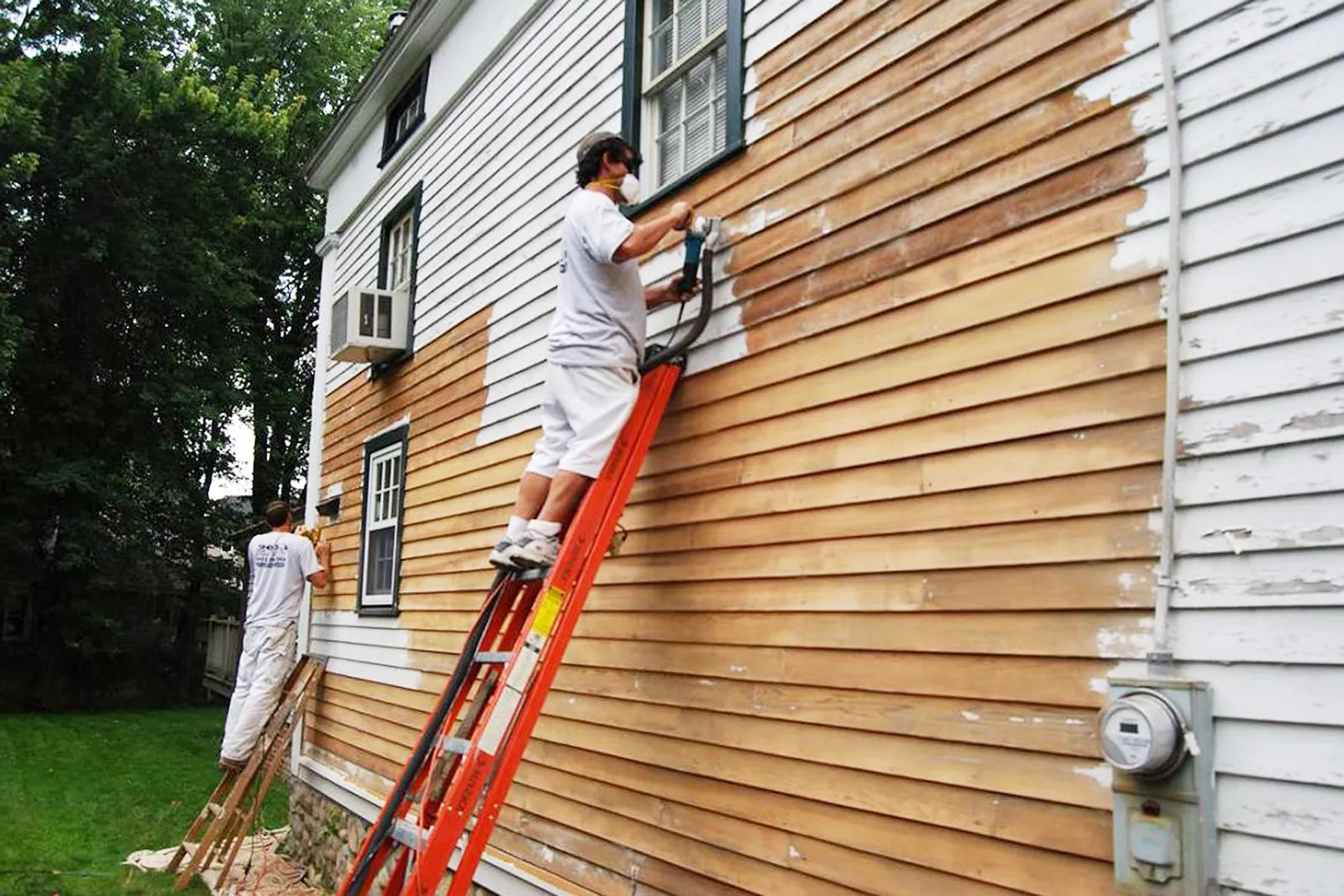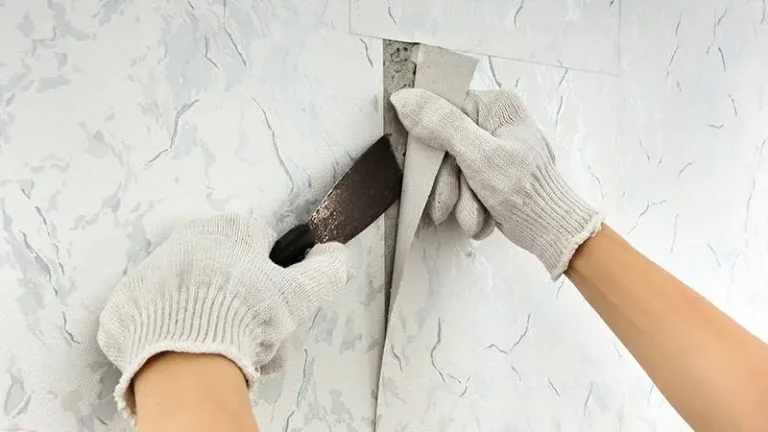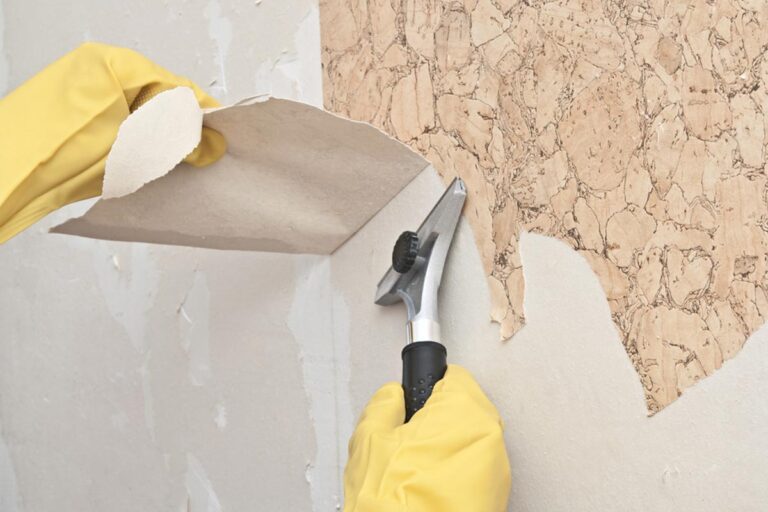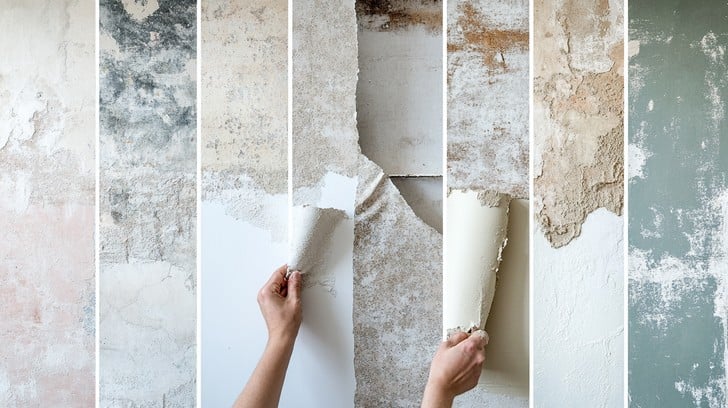Transform Your Home’s Exterior: Power Washing and Painting Best Practices
Transforming your home with paint is one of the most cost-effective ways to boost curb appeal, refresh interiors, and protect surfaces from wear and tear. Whether you’re a seasoned DIYer or a first-time painter, mastering key techniques ensures professional-looking results. From choosing the right tools to avoiding common pitfalls, this guide dives into eight essential painting strategies that elevate your project from mediocre to magazine-worthy. Let’s explore how preparation, precision, and a little know-how can save you time, money, and frustration.
Choosing the Right Paint and Color
Selecting paint isn’t just about picking a shade. Consider the surface material, room function, and lighting. For example:
- Latex paint works best for walls and ceilings due to its durability and easy cleanup.
- Oil-based paint is ideal for trim and doors, offering a hard, glossy finish.
- Test colors in natural and artificial light—paint a large swatch and observe it at different times of day.
Don’t overlook sheen: Matte hides imperfections, while semi-gloss is easier to clean in high-traffic areas.
Surface Preparation: The Foundation of a Flawless Finish
Proper prep prevents peeling and uneven coverage. Follow these steps:
- Clean surfaces with soapy water or TSP to remove grease and dust.
- Sand rough spots and fill cracks with spackling compound; sand again once dry.
- Apply primer to stained or porous surfaces (e.g., new drywall) to ensure paint adhesion.
Pro tip: Use painter’s tape to protect trim, and lay drop cloths to catch drips.
Mastering Cutting-In and Rolling Techniques
Cutting-in (painting edges with a brush) requires a steady hand and a high-quality angled brush. Load the brush lightly to avoid drips, and work in small sections. For rolling:
- Use a roller with a 3/8-inch nap for smooth walls or 1/2-inch for textured surfaces.
- Roll in a “W” pattern to distribute paint evenly, then fill in the gaps with vertical strokes.
- Maintain a “wet edge” to prevent lap marks—work top to bottom and avoid letting paint dry mid-roll.
Advanced Tips for Long-Lasting Results
Extend the life of your paint job with these strategies:
- Allow paint to cure fully (up to 30 days) before scrubbing walls.
- Avoid painting in extreme humidity or direct sunlight, which causes blistering.
- Store leftover paint in airtight containers labeled with the room and date for touch-ups.
For exterior projects, inspect and repair caulking around windows annually to prevent moisture damage.
In summary, successful painting hinges on preparation, precision, and patience. Invest in quality brushes, take time to prep surfaces, and don’t rush the drying process. Remember: A well-executed paint job not only enhances your home’s aesthetics but also adds value. Ready to start? Begin with a small room or accent wall to build confidence—your dream space is just a brushstroke away.





